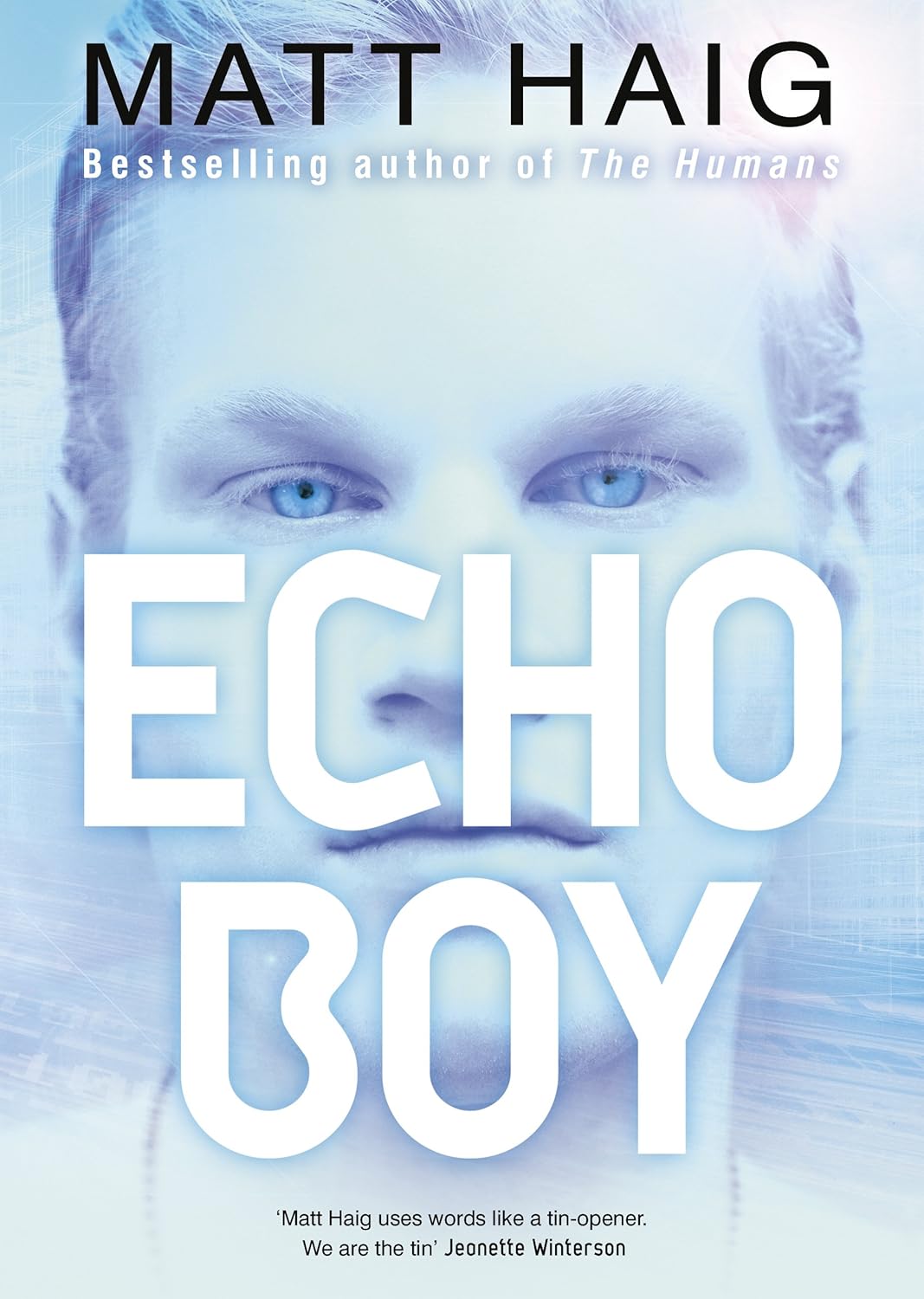Firstly, I should begin with a huge apology to you all that
I missed last week. I recently moved house and I have a lot going on, so this
blog will, unfortunately, from now on become a bi-monthly post, as opposed to a
weekly one. If it were up to me, I would continue on as I do now, however
unfortunately my university work does come before all else.
This week is a rather odd review,
as I read this particular book partly because I was lucky enough that Abrams
& Chronicle gave me a copy, but partly because all my other books are in
assorted boxes and suitcases, and so this is my explanation for the saturation
of graphic novels on the blog at the moment. ‘Sing No Evil’ instantly appealed
to me because a) it involves a man and his fight for his Avant-garde metal band
(which sounds a lot like quite a few people I know), but also because b) their drummer
is a bear, and I always think that the Dairy Milk advert missed a trick by
putting the gorilla not a grizzly to the Phil Collins soundtrack. This book
explores one man’s fight for his music, with some demonic tunes, possessed arch
rivals and a love triangle thrown in. There are even some enchanting obscure references
added to the mix (I particularly like the Opeth cameo), and this is really a
book that fills a gap in the market in that sense, whilst still not alienating
a regular audience. Maybe the reader will not get the allusion to Kiss, but
they will certainly sympathise with Aksel when his vocals are describing in non
too flattering terms, versus the new voice of an angel his band mate/love
interest Lily finds in a guy she discovers in a takeaway restaurant.
I will admit that this book has a
few problems with story linearity, and there were quite a few points when I
questioned, in my standard eloquent manner, what happened to thing with the
thing and the other thing. This is also played into the ending a little, which
didn’t feel as conclusive as I would have liked it to, and seemed more like a
fizzle than a bang. More than anything, the narrative structure was suffering from
a syndrome of confusion in terms of pace, either racing forward and entirely
showing not telling (with still not quite enough showing), or using such
state-the-obvious dialogue you’d have to be blind, deaf and not paying
attention in order to not understand. However, the character’s erratic nature and
then lazy periods come across really well through this pacing, even if it’s a
little uncomfortable to read, and the way music, fast and slow, is depicted is
pure brilliance in comic format.
Sing No Evil can live up to its
title in terms of book brilliance, as it stands looking a little like Scott
Pilgrim with a little less pop culture and a little more demons. With brilliant
art, and mixture of funny, moving and terrifying moments, Sing No Evil is for
those who really, REALLY like their music. And I mean really, really like it.























